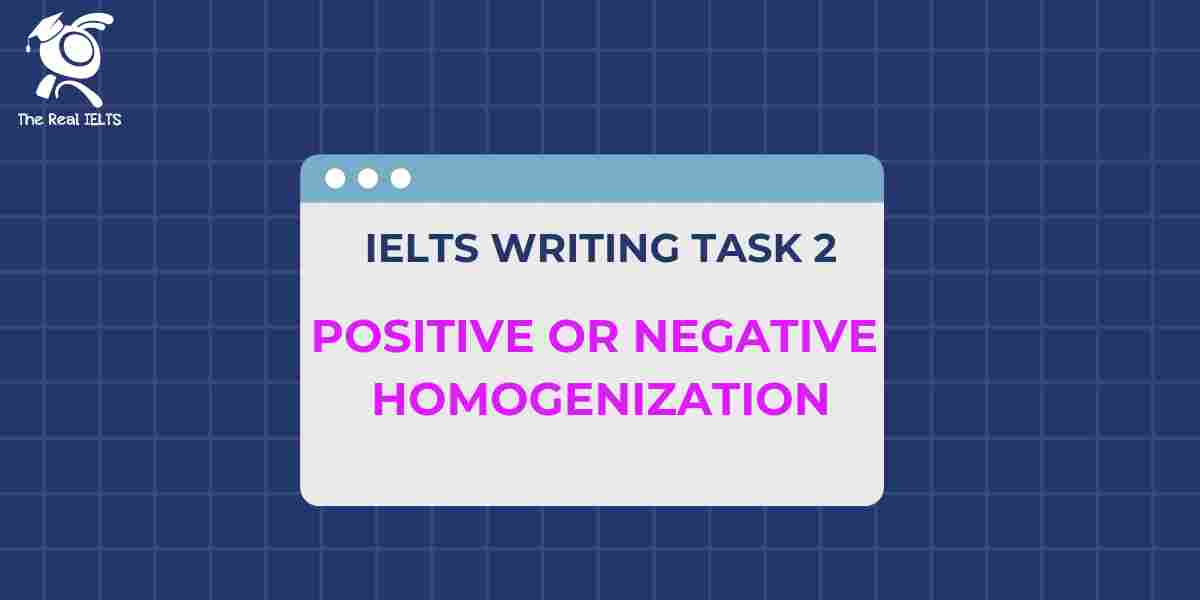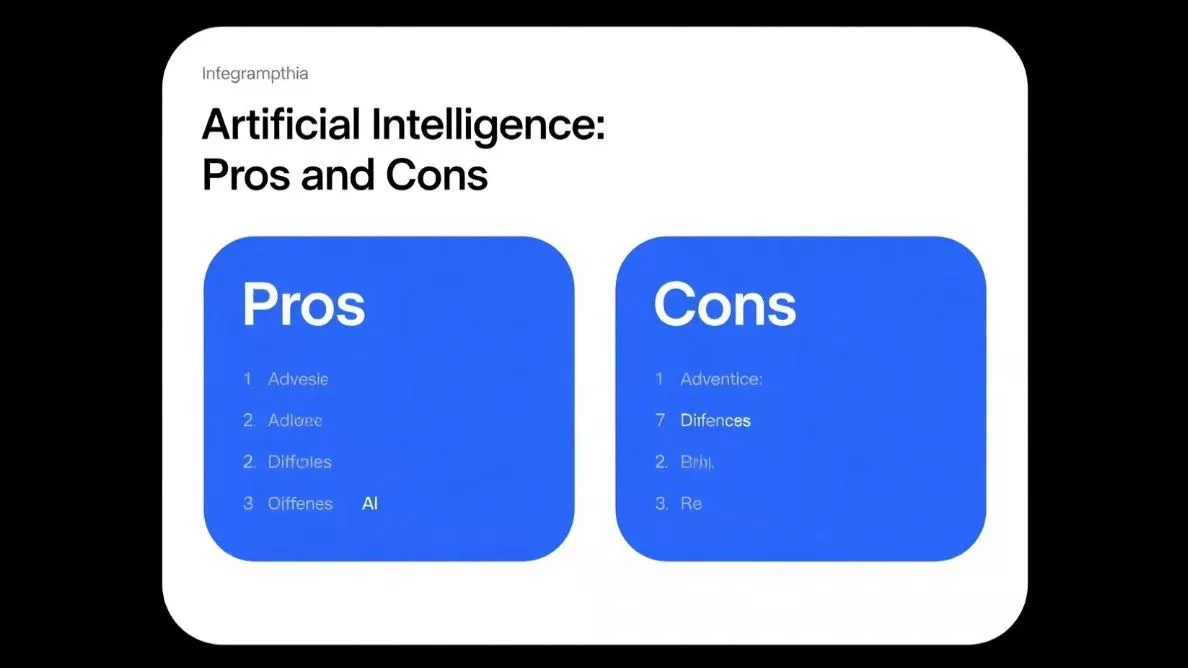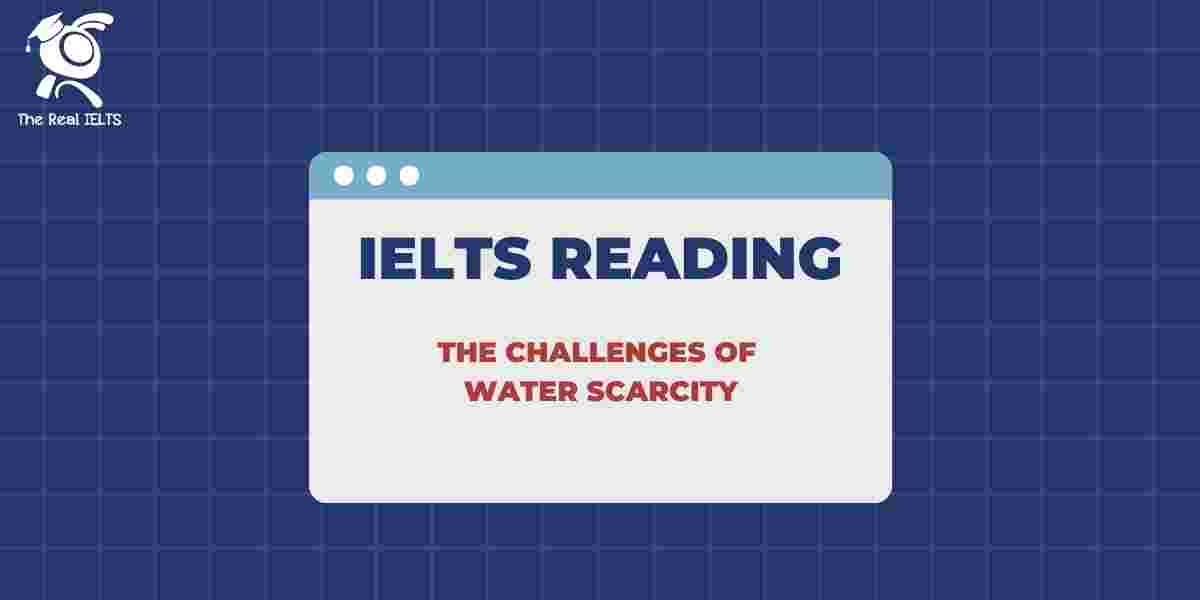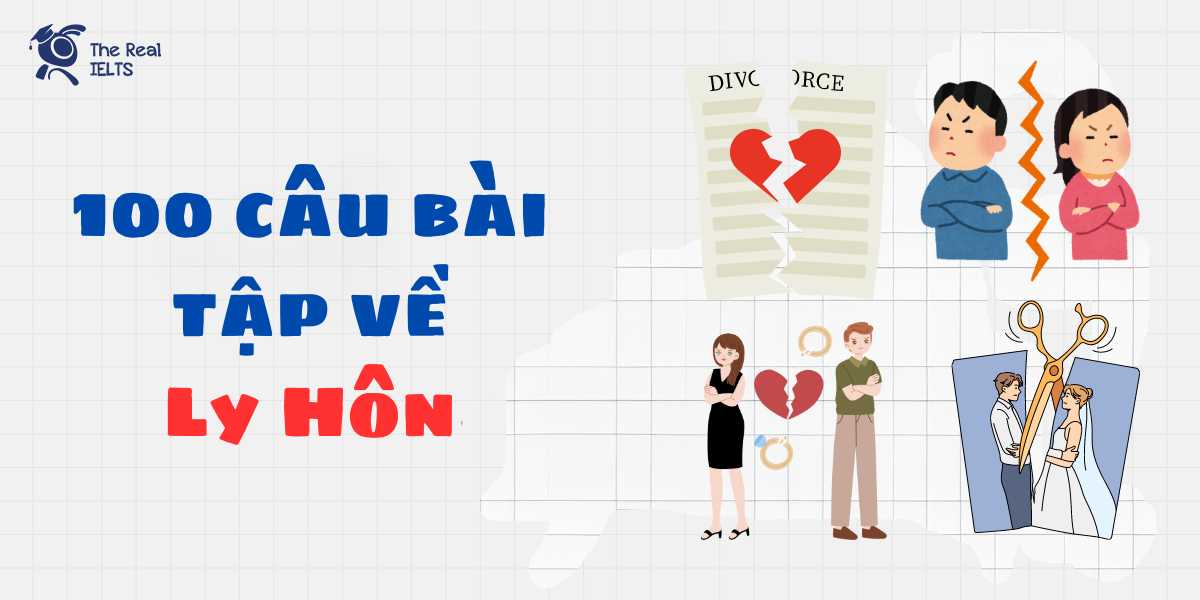Đề bài IELTS Writing Task 2 dạng Positive or Negative homogenization
You should spend about 40 minutes on this task
The trend of globalization and cultural homogenization. Do you think this is a positive or negative development?
Write at least 250 words.
Giải mẫu IELTS Writing
Globalization has undeniably become a pervasive force in today’s world, influencing various aspects of our lives, including culture. The phenomenon of cultural homogenization, where local cultures are increasingly becoming similar due to the influence of global trends, is a contentious issue. This essay will argue that while there are benefits to this trend, it is largely a negative development due to the loss of cultural diversity and identity.
On the one hand, globalization and cultural homogenization can foster greater understanding and cooperation between different countries. For instance, the widespread adoption of English as a global lingua franca facilitates communication and collaboration in international business, education, and diplomacy. Additionally, shared cultural elements, such as popular music, fashion, and entertainment, can create common ground for people from diverse backgrounds, promoting a sense of global community and reducing cultural barriers.
However, the drawbacks of cultural homogenization are significant. One major concern is the erosion of cultural diversity. As global brands and media dominate local markets, unique cultural traditions, languages, and customs are at risk of being overshadowed or lost altogether. For example, traditional crafts, festivals, and cuisines may decline in popularity as people gravitate towards more globally recognized alternatives. This loss of cultural richness not only diminishes the variety and vibrancy of human society but also deprives future generations of their cultural heritage.
Furthermore, cultural homogenization can lead to the dominance of certain cultures over others, often those of more economically powerful nations. This cultural imperialism can perpetuate inequalities and foster resentment among less dominant cultures. For instance, the proliferation of Western culture in non-Western societies can result in a sense of cultural inferiority and a loss of self-esteem among local populations. This imbalance can hinder the development of a truly inclusive global culture that respects and celebrates diversity.
In conclusion, while globalization and cultural homogenization can bring about some positive outcomes, such as enhanced global communication and understanding, they predominantly pose a threat to cultural diversity and identity. The negative consequences, including the erosion of unique cultural traditions and the potential for cultural dominance and inequality, outweigh the benefits. Therefore, it is crucial to find a balance that allows for global integration while preserving and valuing the rich tapestry of world cultures.
Thống kê cấu trúc câu và cấu trúc ngữ pháp
1. Cấu Trúc Câu:
- Câu đơn:
- Globalization has undeniably become a pervasive force in today’s world.
- Câu ghép:
- This essay will argue that while there are benefits to this trend, it is largely a negative development due to the loss of cultural diversity and identity.
- Câu phức:
- For instance, the widespread adoption of English as a global lingua franca facilitates communication and collaboration in international business, education, and diplomacy.
- Câu phức ghép:
- While globalization and cultural homogenization can bring about some positive outcomes, such as enhanced global communication and understanding, they predominantly pose a threat to cultural diversity and identity.
2. Cấu Trúc Ngữ Pháp:
- Mệnh đề quan hệ:
- The phenomenon of cultural homogenization, where local cultures are increasingly becoming similar due to the influence of global trends, is a contentious issue.
- Cấu trúc so sánh:
- …as people gravitate towards more globally recognized alternatives.
- Cấu trúc bị động:
- …are at risk of being overshadowed or lost altogether.
- Cấu trúc nhấn mạnh:
- This essay will argue that while there are benefits to this trend, it is largely a negative development…
Từ Kết Nối (Connectors)
1. Từ Kết Nối Giữa Các Câu:
- Addition (Thêm vào):
- Additionally
- Example (Ví dụ):
- For instance
- Result (Kết quả):
- As a result
- Comparison (So sánh):
- such as
- Reason (Nguyên nhân):
- due to
2. Từ Kết Nối Giữa Các Đoạn:
- Contradiction (Mâu thuẫn):
- However
- Conclusion (Kết luận):
- In conclusion
Bố Cục Đoạn Văn và Sử Dụng Từ Kết Nối
Introduction:
- Globalization has undeniably become a pervasive force in today’s world, influencing various aspects of our lives, including culture. The phenomenon of cultural homogenization, where local cultures are increasingly becoming similar due to the influence of global trends, is a contentious issue. This essay will argue that while there are benefits to this trend, it is largely a negative development due to the loss of cultural diversity and identity.
Body Paragraph 1:
- On the one hand, globalization and cultural homogenization can foster greater understanding and cooperation between different countries. For instance, the widespread adoption of English as a global lingua franca facilitates communication and collaboration in international business, education, and diplomacy. Additionally, shared cultural elements, such as popular music, fashion, and entertainment, can create common ground for people from diverse backgrounds, promoting a sense of global community and reducing cultural barriers.
Body Paragraph 2:
- However, the drawbacks of cultural homogenization are significant. One major concern is the erosion of cultural diversity. As global brands and media dominate local markets, unique cultural traditions, languages, and customs are at risk of being overshadowed or lost altogether. For example, traditional crafts, festivals, and cuisines may decline in popularity as people gravitate towards more globally recognized alternatives. This loss of cultural richness not only diminishes the variety and vibrancy of human society but also deprives future generations of their cultural heritage.
Body Paragraph 3:
- Furthermore, cultural homogenization can lead to the dominance of certain cultures over others, often those of more economically powerful nations. This cultural imperialism can perpetuate inequalities and foster resentment among less dominant cultures. For instance, the proliferation of Western culture in non-Western societies can result in a sense of cultural inferiority and a loss of self-esteem among local populations. This imbalance can hinder the development of a truly inclusive global culture that respects and celebrates diversity.
Conclusion:
- In conclusion, while globalization and cultural homogenization can bring about some positive outcomes, such as enhanced global communication and understanding, they predominantly pose a threat to cultural diversity and identity. The negative consequences, including the erosion of unique cultural traditions and the potential for cultural dominance and inequality, outweigh the benefits. Therefore, it is crucial to find a balance that allows for global integration while preserving and valuing the rich tapestry of world cultures.
Các từ vựng tiếng Anh cần lưu ý trong bài viết
- Globalization – Toàn cầu hóa
- Cultural homogenization – Đồng nhất văn hóa
- Pervasive – Lan tràn, phổ biến
- Phenomenon – Hiện tượng
- Contentious – Gây tranh cãi
- Diversity – Đa dạng
- Identity – Bản sắc
- Lingua franca – Ngôn ngữ chung
- Facilitates – Tạo điều kiện
- Collaboration – Hợp tác
- Adoption – Sự chấp nhận, sự theo
- Promoting – Thúc đẩy
- Common ground – Điểm chung
- Barriers – Rào cản
- Erosion – Sự xói mòn
- Traditions – Truyền thống
- Overshadowed – Bị lu mờ
- Richness – Sự phong phú
- Heritage – Di sản
- Dominance – Sự thống trị
- Cultural imperialism – Chủ nghĩa đế quốc văn hóa
- Inequalities – Bất bình đẳng
- Proliferation – Sự phát triển nhanh
- Sense of cultural inferiority – Cảm giác tự ti văn hóa
- Inclusive – Bao gồm, toàn diện
- Respect – Tôn trọng
- Celebrates – Ăn mừng, ca ngợi
- Preserving – Bảo tồn
- Valuing – Đánh giá cao
- Rich tapestry – Bức tranh phong phú
Đọc thêm các bài Luyện Thi IELTS khác trong link nhé.















